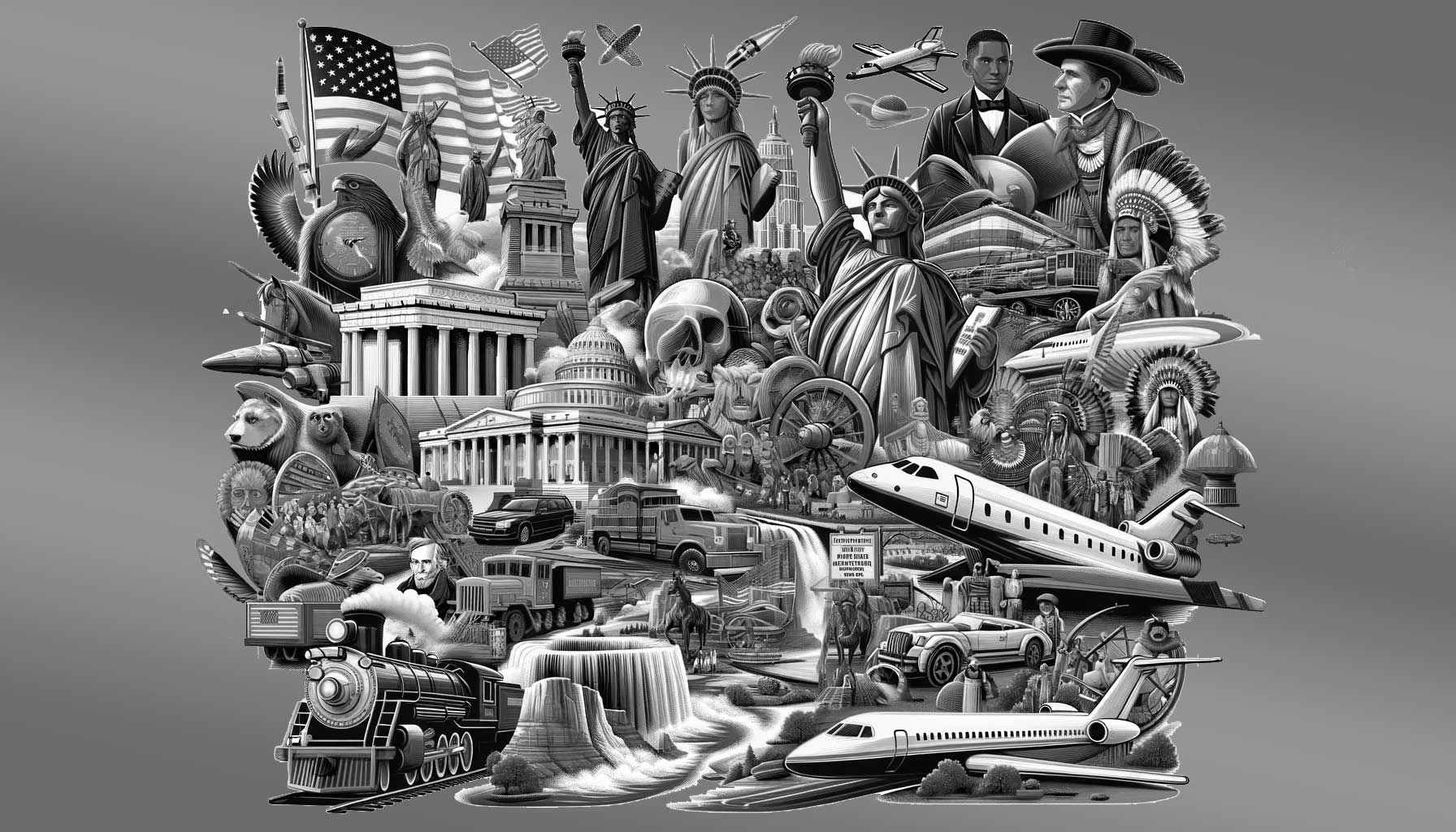Flashback to August 3
American History

The passage of the first law restricting immigration by the US Congress on August 3, 1882, marks an important milestone in the history of American immigration policy. The Chinese Exclusion Act, as it was known, was the first significant legislation that directly impacted the influx of immigrants to the United States.
In the 1800s, migration to the United States was largely unregulated. The expanding economy of the country attracted myriads of foreign opportunists to its shores. Industry was booming, and therefore plentiful job opportunities enticed individuals from all over the world. However, amidst this influx of diverse populations, concerns began to rise.
Many American citizens started feeling threatened by the arrival of these immigrants, particularly the Chinese. Chinese immigrants had started arriving in significant numbers during the California Gold Rush in the mid-1800s. By the 1870s, their presence was substantial, particularly in the western States, such as California.
With economic depression gripping the country in the 1870s, resentment towards Chinese immigrants increased. The Chinese were scapegoated for the job losses faced by Americans and were accused of undercutting wages. This discontent served as a backdrop against which the first law restricting immigration was enacted by the United States Congress in 1882.
The Chinese Exclusion Act, signed into law by President Chester Arthur, effectively halted Chinese labor immigration for ten years. It prohibited the entry of Chinese laborers, whether skilled or unskilled. However, the law permitted entry to Chinese traveling to the US for reasons other than labor, such as students, teachers, merchants, or tourists.
The passage of this Act indicated a significant shift in the United States’ attitude towards immigration, setting in motion a period of restrictive immigration policy. The aftermath of the Chinese Exclusion Act witnessed a steep reduction in Chinese immigrants, and their previous influx into the Californian labor market slowed significantly.
The sentiment behind this law was not contained within the boundaries of the United States. The Act set a global precedent, encouraging similar legislation against Chinese immigrants in Australia, Canada, and New Zealand.
The Chinese Exclusion Act was the opening gate of restriction in US immigration policy. The Act laid the groundwork for subsequent immigration restrictions and quota systems that came to define American immigration law in the 20th century.
Initially made to last ten years, the Act was renewed in 1892 with the Geary Act and made permanent in 1902. It came to an end only in 1943 through the Magnuson Act, reflecting decades-long impact on American immigration policies.
In the modern context, the Act is seen as a testament to the racial prejudices and xenophobia that shaped immigration policies at the time. It stands as a grim reminder of periods in history when fear and discrimination were legally sanctioned and actively directed towards a particular group of immigrants.
the first law restricting immigration passed by the US Congress on August 3, 1882, marked a major shift in the United States’ immigration policy. The Act not only restricted an entire ethnic group from migrating to the United States but also set the stage for subsequent immigration restrictions. A reminder of the xenophobia of the past, the Act underscores the evolving perceptions and complexities that continue to shape the landscape of immigration in the United States.
We strive for accuracy. If you see something that doesn't look right, click here to contact us!
Sponsored Content

Whittaker Chambers accuses Alger…
On August 3, 1948,…

Firestone Tire & Rubber…
Established on August 3,…

US Senate ratifies the…
On August 3, 1972,…

Governor Seymour asks Lincoln…
On August 3, 1863,…

US Congress passes first…
"The US Congress made…

